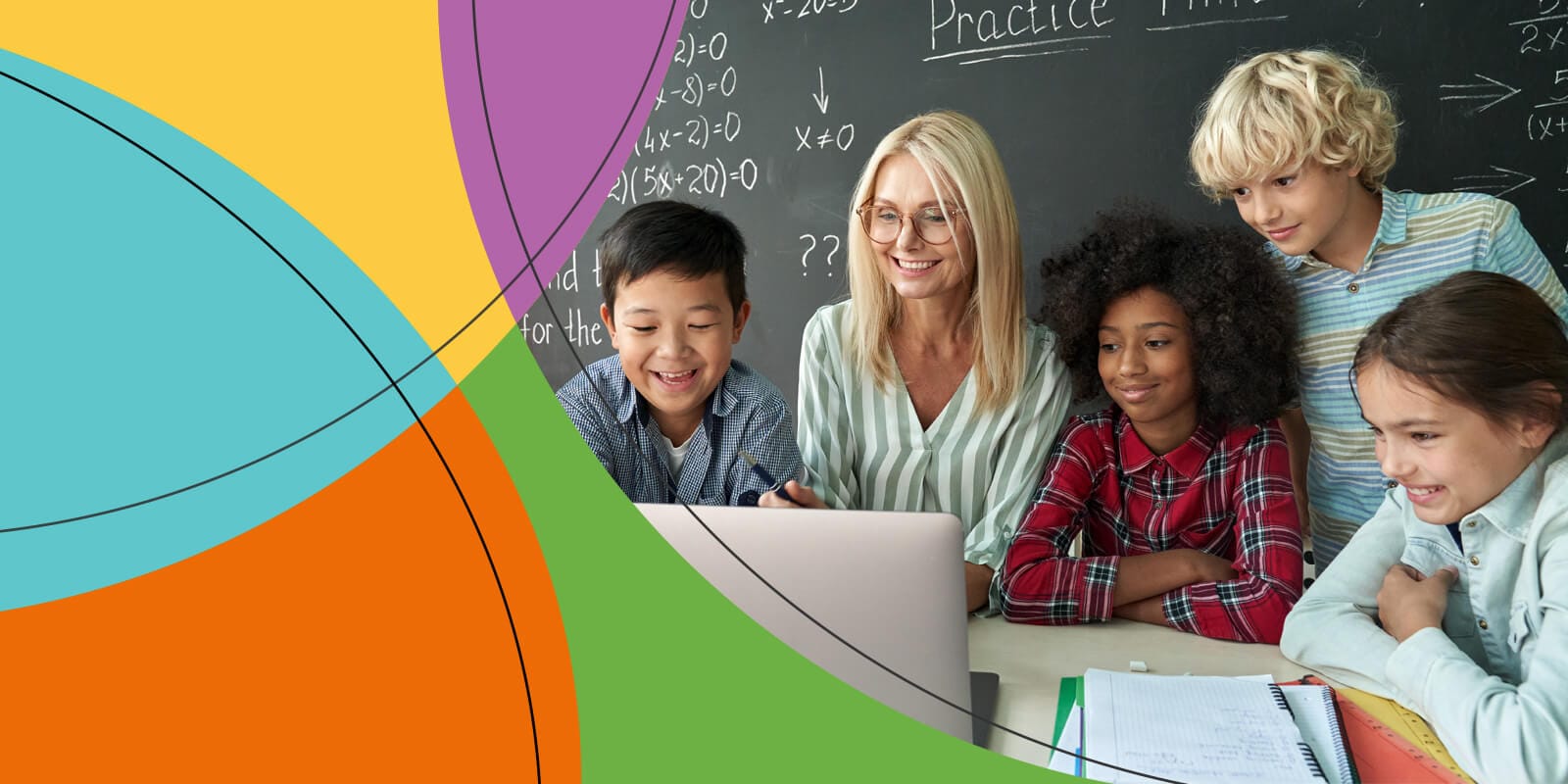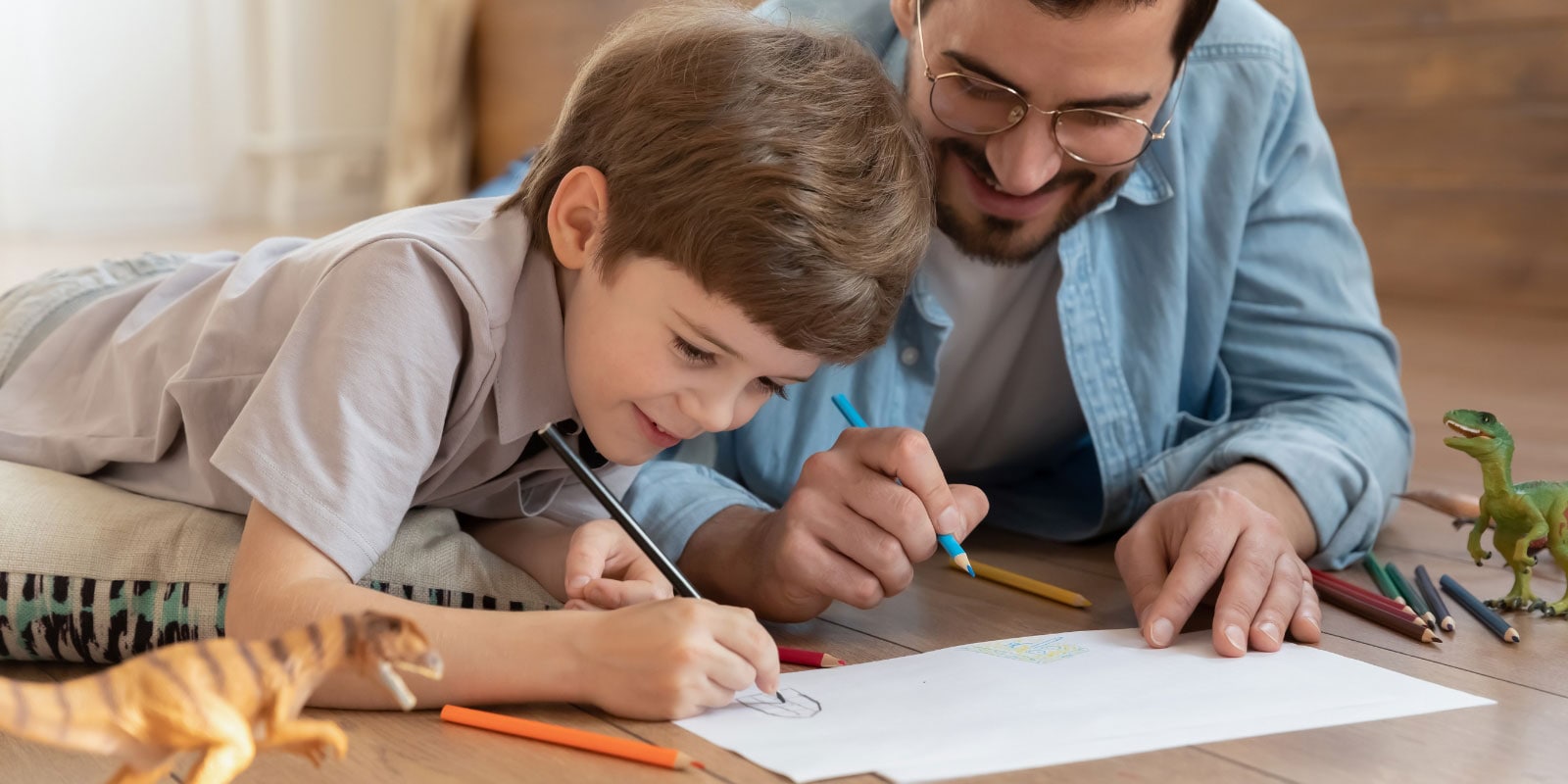College attendance is up. While total postsecondary enrollment was down the past few years, it finally rebounded above pre-COVID levels…

How do you stay up to date in your field? Our team of experts, authors, and specialists contribute regularly to our profession-specific blogs, keeping you informed of the latest industry trends, news, and innovations. Dive in below and check back often, as new content is added weekly.
College attendance is up. While total postsecondary enrollment was down the past few years, it finally rebounded above pre-COVID levels…
Do you ever feel like you need a vacation from your vacation?
According to the U.S. Center for Disease Control and Prevention (CDC), more than 11% of U.S. children ages 3 to 17 years have ever been…
‘Tis the season for sparkles, snowflakes and...squirmy students? As the holiday countdown begins, classrooms can quickly turn into wint…
Growing up in today’s digital era can be a pressure cooker for all kids, but it can be a particular strain for girls as they navigate s…
While it is certainly true that no two students are alike, the same can be said for teachers! Every classroom has its own set of expect…
For educators and many families, the “real” new year comes in September. The start of a fresh school year brings a mixture of emotions …
In many ways, the kindergarten experience builds the foundation for a child’s future success in school and in life. Unfortunately, as w…






